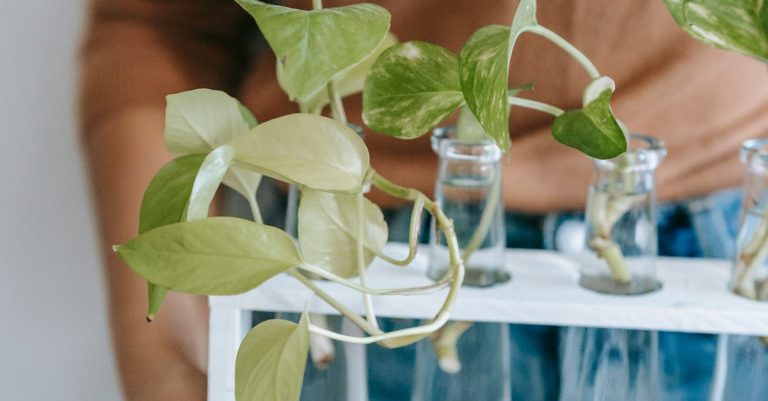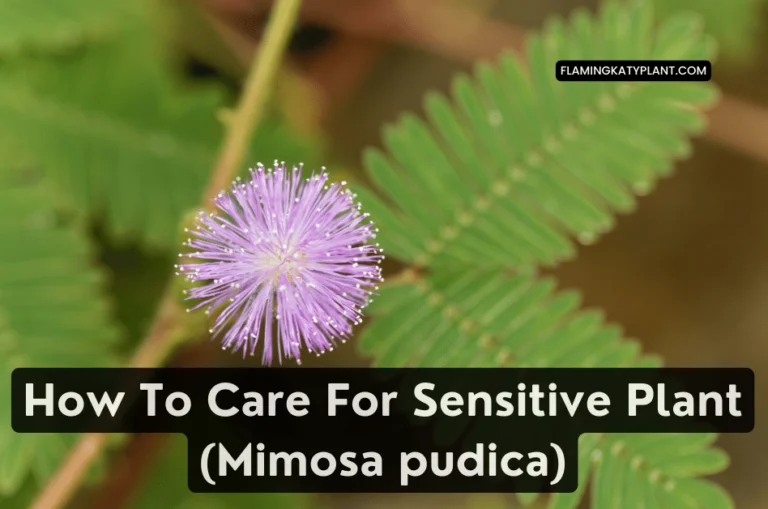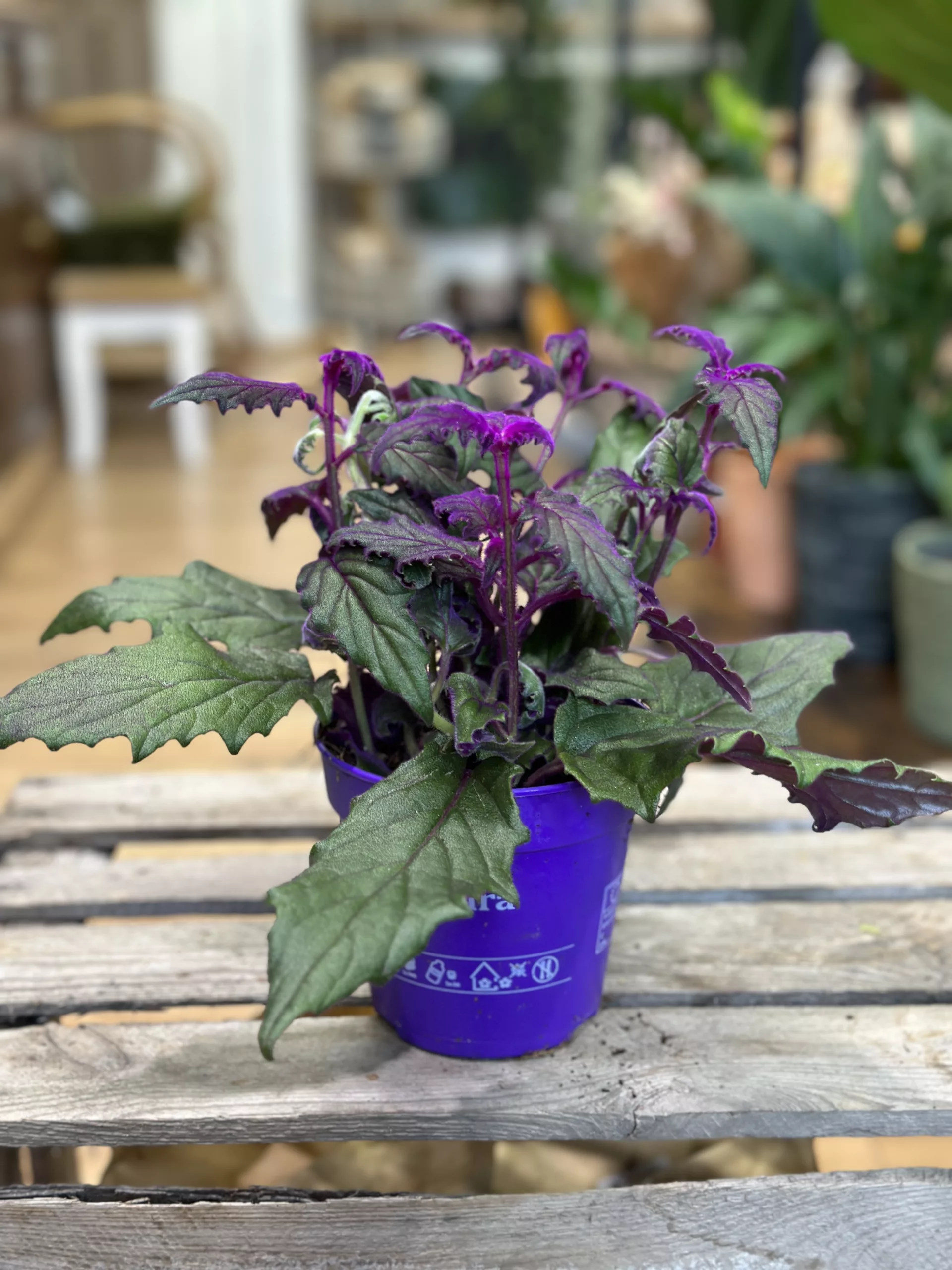How To Care For ZZ Plant (Zamioculcas zamiifolia)
Did you know that the ZZ plant, also known as Zamioculcas zamiifolia, is a popular houseplant that is loved for its low-maintenance nature and air-purifying qualities? This tropical perennial plant is native to Eastern Africa and belongs to the Araceae family. Its glossy, dark green leaves and unique structure make it a favorite among plant enthusiasts.
The ZZ plant has gained popularity in recent years due to its ability to thrive in low light conditions and its resistance to neglect. It is an ideal plant for beginners or those with a busy lifestyle, as it requires minimal watering and can go for weeks without attention. In fact, overwatering is one of the most common mistakes people make when caring for ZZ plants, as they are sensitive to root rot.
To care for your ZZ plant effectively, it is essential to place it in indirect sunlight and water it sparingly, allowing the soil to dry out between waterings. Overwatering can lead to yellowing leaves or root rot, so it is best to err on the side of underwatering with this plant. Additionally, regular dusting of the leaves and occasional pruning of dead or yellowing foliage will help keep your ZZ plant looking healthy and vibrant.
In addition to its low-maintenance care requirements, the ZZ plant is also known for its air-purifying qualities, making it a beneficial addition to any indoor space. Studies have shown that houseplants like the ZZ plant can help improve air quality by removing toxins and increasing humidity levels. By incorporating a ZZ plant into your home or office, you can enjoy its aesthetic beauty while also reaping the health benefits it provides.

How to Properly Care for ZZ Plant (Zamioculcas zamiifolia)
ZZ Plant, also known as Zamioculcas zamiifolia, is a popular houseplant known for its low maintenance and attractive foliage. This article will provide you with all the information you need to successfully care for your ZZ Plant, including watering, lighting, temperature, and propagation tips. Read on to learn more about how to keep your ZZ Plant thriving in your home.

Light
ZZ plants thrive in bright, indirect light but can also tolerate low light conditions. Avoid placing them in direct sunlight as this can scorch their leaves.
Water
Water ZZ plants sparingly, allowing the top inch of soil to dry out between waterings. Overwatering can cause root rot, so it’s best to err on the side of underwatering with these plants.
Soil
Use a well-draining potting mix for ZZ plants to prevent waterlogging. A mix of potting soil and perlite or sand works well for these plants.
Temperature
ZZ plants prefer temperatures between 65-75°F (18-24°C) and can tolerate temperatures as low as 45°F (7°C). Avoid exposing them to cold drafts or sudden temperature fluctuations.
Humidity
ZZ plants are not very demanding when it comes to humidity and can thrive in average indoor humidity levels. However, they will appreciate a boost in humidity during the winter months.
Fertilizer
ZZ plants are low-maintenance when it comes to fertilizing. Feed them with a balanced houseplant fertilizer diluted to half strength every 2-3 months during the growing season (spring and summer).
Propagation
ZZ plants can be easily propagated by division or leaf cuttings. To propagate by division, simply separate the rhizomes and plant them in individual pots. For leaf cuttings, let the cut end callus over before planting in a well-draining soil mix.
Pests and Diseases
ZZ plants are relatively pest and disease-resistant, but they can occasionally attract mealybugs and spider mites. Keep an eye out for any signs of pests and treat them promptly with insecticidal soap or neem oil.
Statistical Fact
According to a survey conducted by the National Gardening Association, ZZ plants are among the top 10 most popular houseplants in the United States, with sales steadily increasing over the past few years.
FAQs for Caring for ZZ Plant (Zamioculcas zamiifolia)
Can ZZ plants tolerate low light conditions?
Yes, ZZ plants are known for their ability to thrive in low light conditions, making them the perfect choice for indoor spaces with limited natural light.
How often should I water my ZZ plant?
Water your ZZ plant when the top inch of the soil feels dry to the touch. It’s important to avoid overwatering, as this can lead to root rot.
Do ZZ plants require any special fertilization?
ZZ plants do not require frequent fertilization. You can simply use a balanced houseplant fertilizer diluted to half strength every 6 months during the growing season.
Can ZZ plants survive in humid environments?
ZZ plants are highly adaptable and can thrive in both humid and dry environments. They are a great choice for individuals living in various climates.
How should I repot my ZZ plant?
When repotting your ZZ plant, choose a slightly larger pot with good drainage. Use well-draining soil to prevent waterlogged roots.
Are ZZ plants toxic to pets?
Yes, ZZ plants are toxic to pets if ingested. It’s important to keep them out of reach of pets and children to avoid any harmful reactions.
How can I encourage new growth on my ZZ plant?
To encourage new growth, place your ZZ plant in a location with bright, indirect light and avoid overwatering. You can also trim back any dead or yellowing leaves to promote new growth.
What pests are common on ZZ plants?
Common pests that may affect ZZ plants include spider mites, mealybugs, and aphids. Regularly inspect your plant for signs of pests and treat them promptly to prevent infestations.
Can ZZ plants be propagated?
Yes, ZZ plants can be propagated by dividing the rhizomes or by rooting stem cuttings. Both methods are relatively easy and can result in new ZZ plants for your collection.
How can I prevent root rot in my ZZ plant?
To prevent root rot, ensure your ZZ plant is planted in well-draining soil and a pot with drainage holes. Avoid overwatering and allow the soil to dry out between waterings.
Conclusion
In conclusion, caring for a ZZ Plant (Zamioculcas zamiifolia) is relatively easy and straightforward. This resilient plant thrives in low light conditions and only requires occasional watering, making it an ideal choice for beginners or individuals with busy schedules. By ensuring proper drainage, avoiding overwatering, and providing occasional fertilization, you can help your ZZ Plant flourish and grow into a lush and vibrant addition to your indoor space. Additionally, keeping an eye out for signs of pests and diseases, such as yellowing leaves or mold growth, can help you address any issues before they become severe. Overall, with minimal effort and attention to its needs, your ZZ Plant will reward you with its glossy green leaves and air-purifying qualities, making it a great choice for any plant enthusiast looking to add a touch of nature to their home.






